Secrets of the correct planting of carrots in open ground and the basics of caring for it
Root crops are the true kings of the garden. They are cultivated by all summer residents, but far from everyone growing carrots in the open field invariably pleases with a generous harvest of sweet and juicy vegetables of perfectly even shape. To get such a result, you will have to try: sow the culture correctly and provide it with competent care.
Optimal place for beds
You can count on an abundance of fruits only if you satisfy all the requirements of the carrot, and she has a lot of them. Its bushes thrive on loose and fertile soils. In terms of composition, they are optimally suited to medium loam or sandy loam soil. They will provide the carrots with high aeration. It is possible to choose varieties that form long root crops for breeding only when the depth of the loose soil layer on the site is very significant.
The culture prefers neutral soil, the optimal pH for it is in the range of 6-7. It is better if a crust does not form on the soil, and its moisture capacity is good. In dense and heavy earth, which does not allow air to pass through to the roots of the bushes and retains water for a long time, the taste of carrots will greatly decrease, even despite good care. Inappropriate soil will affect seed germination in spring, and it will make adult bushes vulnerable to fungal diseases.
It is good to make beds for planting carrots on the site where the following crops grew last season:
- cabbage;
- any kind of beans and grains;
- onion;
- garlic;
- potatoes;
- tomatoes;
- zucchini;
- cucumbers.
Bad predecessors for her will be herbs that come from the same family:
- dill;
- celery;
- parsley;
- coriander;
- parsnip;
- fennel;
- caraway.
Advice
It is not worth planting carrots in one place from year to year. Such beds are more often affected by pests and diseases. It will be possible to sow a crop in the same area without fear for plant health when 3-4 years have passed since the harvest.
The place for the beds with carrots should be well-lit. Her bushes love the sun and do not suffer from its direct rays. But the lack of light will have a bad effect on the yield. Root vegetables will grow small and taste poor.
Preparing for landing
The soil for planting carrots is prepared in advance by adding rotted manure or compost into it (½ bucket per 1 m² of the surface of the garden). If the land on the site is heavy, sawdust (2-3 liters) is added to the fertilizer. They will make the soil looser. It is also good to add wood ash or other compounds containing potassium. It improves the taste of root vegetables, makes them sweeter and increases their keeping quality. If the sowing of carrots is carried out in the spring, they dig up the plot during the autumn work in the garden. So the soil will have time to settle. To make the root crops even, and to remove them from the soil was easier, digging is needed deep, 1.5 bayonets of a shovel. With the arrival of spring, the site is leveled with a rake, after which it will be possible to start planting.
Fresh manure cannot be used for pre-sowing preparation of the site. Its introduction will provoke the flowering of carrot bushes and branching of root crops. No amount of care will save them from this. You need to carefully consider the dosage of nitrogen fertilizers. With their excess, vegetables become coarse, and nitrates accumulate in their tissues.
The timing of sowing a crop is determined by the characteristics of the selected variety and the purpose of its cultivation. Carrots can be planted before winter. Then the process of vernalization of its seeds will take place in the soil. In the spring, when it gets a little warmer, they will hatch right away. Harvesting can be started 2-3 weeks earlier than with normal sowing.But it will not be stored for a long time. It is better to eat such vegetables right away or make preparations from them for the winter. Sowing carrots in autumn is not possible everywhere. In areas with cold winters, seed beds are protected with a thick layer of dry foliage, straw or sawdust. But in severe frosts, they can die even under such shelter.
Planting carrots in spring is more often practiced. Its timing depends on the climate of the area and on the time by which the roots should ripen. If you plan to use them in the summer, then planting seeds of early-maturing varieties is better in early spring. You can start sowing when the air warms up to + 8 ° C, and the moisture remaining in the ground after the snow melts has not yet had time to evaporate.
Sudden cold snaps and frosts have a bad effect on the keeping quality of root crops and can cause carrots to bloom. Therefore, if vegetables need to be stored for a long time, planting dates are shifted to mid-April (for late and mid-season varieties). On light soils, it can be carried out until the end of May, weather conditions will serve as a guide here. On medium - it is better to hurry up and have time to sow the crop before the middle of the month. You should not be late with planting, otherwise the emergence of seedlings will have to wait for a very long time.
Advice
Carrots grow quickly when planted before long rains.
Seed treatment
Experienced summer residents prefer to plant carrots with already sprouted seeds. Seed maintenance at this stage is very simple and does not take much time. At the same time, it will allow you to immediately reject empty seeds and accelerate the emergence of seedlings by at least a week. In its simplest form, it consists of 2 procedures.
- The seeds are placed in warm water and left in it for 10 hours. As a result, empty shells end up on the surface of the liquid.
- Next, the selected planting material is laid out on wet gauze (cloth, cotton wool). The air in the room with carrot seeds should be warmed up to + 20- + 24 ° C. If everything is done correctly, they will hatch in 3 days.
Presowing care can be carried out in other effective ways.
- Place the carrot seeds in water heated to 30 ° C for a day, changing it every 4 hours. You can take a solution of wood ash for processing (1 tablespoon of fertilizer per 1 liter of water). Its temperature should be the same. After removing the seeds from it, they are washed with clean water and, wrapped with a piece of cloth, put in the refrigerator, where they are kept for 2-3 days.
- Place seeds in a cloth or gauze bag and expose them to contrasting temperatures. The planting material is kept in hot (50 ° C) water for 20 minutes, then dipped in cold water for 2-3 minutes.
- After placing the carrot seeds in a cloth bag, bury them in the ground and let them sit in it for 10 days.
Seeds prepared in any of the ways can be sown in the beds.
Sowing rules
It is recommended to plant carrots in autumn and spring in well-moisturized grooves of medium depth. If made small, gusty winds can blow the seeds away and spread them throughout the garden. But the grooves should not be too deep. Otherwise, shoots will not wait. Furrows are made with a minimum interval of 15 cm. The seeds are laid out in them so that 2 cm remain between them. They are sealed to a depth of 2-3 cm if the soil is light, and 1.5-2 cm if it is heavy.
Advice
If sowing is carried out with non-germinated seeds, they are lightly rubbed with hands before placing them in the ground, removing the bristles from them.
After planting carrots, the soil in the beds is compacted. This is usually done with a roller or board, but you can simply crush the soil with your hands. Then a thick (at least 3 cm) layer of mulch is poured onto the beds. It will not allow the formation of a soil crust that interferes with the sprouting of seedlings.
For germination of carrots, a temperature of about + 15- + 18 ° C is needed. If untreated seeds were used for planting, it will take 18-25 days for seedlings to hatch in the spring. They are not afraid of short-term frosts (up to -4 ° C), so you should not cover the beds. With a prolonged cold snap, the probability of flowering is high.
Before winter, plant carrots closer to the end of autumn - in the last days of October or in the first decade of November. The plot for its sowing is prepared in 3 weeks. Having covered the seeds in the soil, the beds are covered with a 3-cm layer of peat. In the spring, after the snow has melted, they are covered with foil. They remove it only after shoots appear. Autumn sowing of carrots is possible only on light soils.
Features of agricultural technology
The technology of growing a crop is quite simple, even novice summer residents can easily cope with it.
Caring for the beds consists of the following activities:
- thinning out too dense seedlings;
- frequent loosening;
- regular weeding;
- timely watering;
- dressing.
For the first time, carrot seedlings are thinned out when 2 true leaves are formed on them. At this stage, it will be correct to leave 2-3 cm of free space between the plants. With the appearance of 3 and 4 leaves, thinning is carried out again, bringing the distance between the carrot bushes to 4-6 cm.At the same time, weeding is done.
Carrots will yield a bountiful harvest, and their fruit will be sweet and robust when properly watered. Lack of moisture will make the vegetables sluggish and give them a bitter taste. Plants are watered during the entire growing season - in spring and summer. At the same time, make sure that the water soaks the soil at least 30 cm deep. If the fruits do not have enough moisture, lateral roots will form on them and the presentation of the carrots will deteriorate. But an excess of water will not be useful to plants. It causes cracking of root crops, stimulates the formation of small shoots on them, and enhances the growth of leaves.
Leaving in the form of watering is carried out once a week, adhering to the following rules.
- In the spring, immediately after sowing, 3 liters of water are spent on 1 m² of the surface of the beds.
- After thinning the seedlings for the second time, the volume of the introduced liquid is brought to 10 liters.
- At the stage of intensive growth of root crops (it begins when the leaves on the carrot bushes develop well), the amount of water during irrigation is increased by 2 times.
- Moisture is reduced 1.5-2 months before harvesting. It is carried out less often - once every 10-15 days, and water is spent at the rate of 10 liters per 1 m² of the surface of the garden. Planting care in the form of watering is completely stopped 2-3 weeks before digging up the roots.
Fertilize carrots twice a season. The time for feeding determines the age of the seedlings: 1 and 2 months. Such care is carried out by the root method, watering the beds with a nutrient composition of the following components:
- wood ash (2 glasses);
- nitrophoski (1 tbsp. l);
- potassium nitrate (20 g);
- urea (15 g);
- superphosphate (15 g).
All components are diluted in 1 bucket of water. Fertilizer solution is applied after watering.
Every summer resident considers it his duty to plant a garden bed with graceful carrot bushes, decorating the garden landscape with openwork leaves with a spicy aroma. The history of the cultivation of the culture has already been counted for almost 4 millennia, during which many of its varieties were obtained. Among them there are early maturing and late maturing, high-yielding, persistently withstanding the invasion of pests and not afraid of diseases. There are varieties bred specifically for a specific area, as well as differing in the length and shape of the fruit. In this variety, every gardener will be able to find exactly the one he wants to grow.
Carrots are delicious and healthy. It can be counted among the basic products that should always be in the kitchen, because many dishes are prepared using it, from the usual soups to desserts. However, it is not so easy to get sweet roots, because the culture is quite demanding on growing conditions. Caring for carrots in the beds cannot be called specific, but you can expect a generous harvest from its bushes only if all its rules are followed.
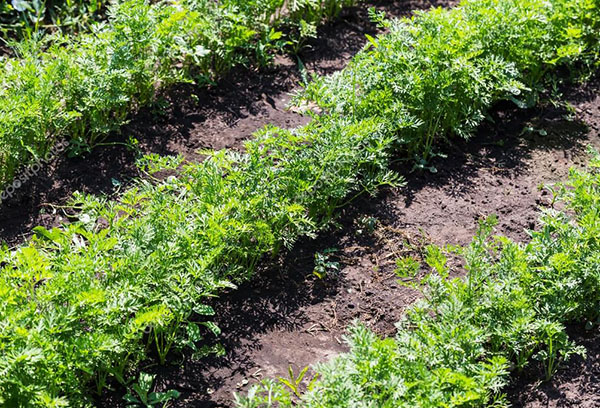
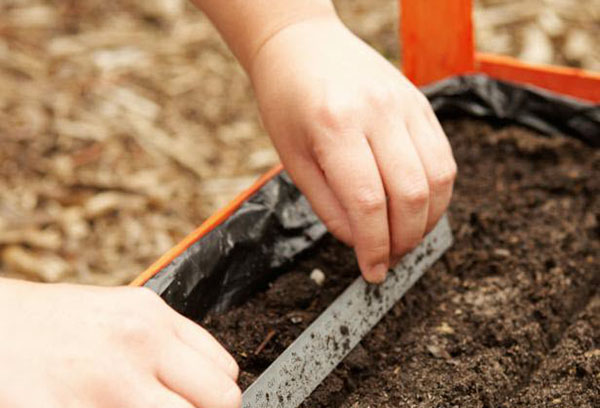
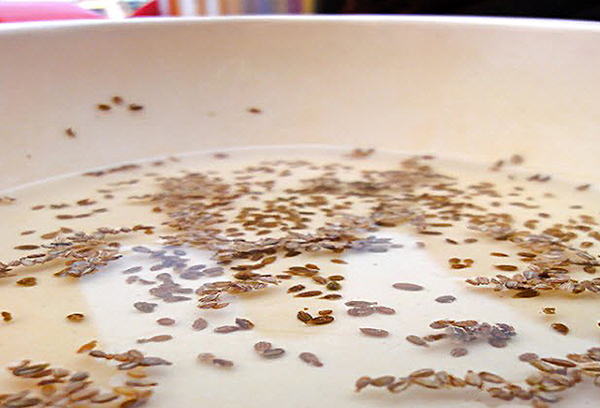
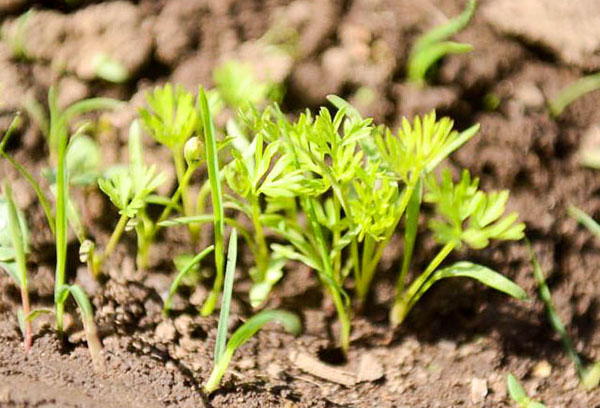


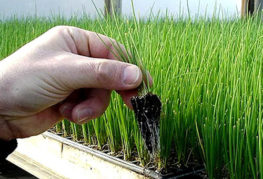
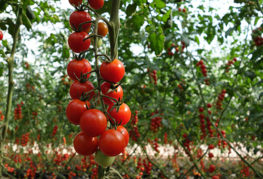


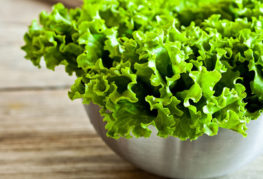
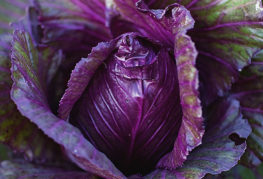
and will be published shortly.